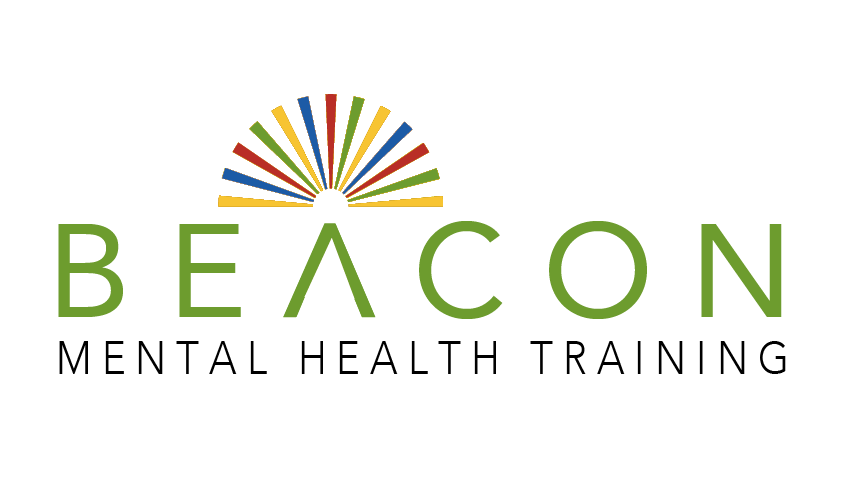Post Traumatic Stress Disorder!
Watching the TV awards the other night reminded me of the brilliant and gripping BBC drama The Bodyguard?
As a Mental Health First Aid trainer, one element of the story piqued my interest. For those who missed the show, David Budd former military and now a police officer assigned to protect the home secretary as her bodyguard. His actions and demeanour seemed to indicate he was experiencing a mental ill health issue.
Although it was apparent to those around him including his wife, he didn’t accept it and like most of us, tried to brush it off and keep going. He threw himself into work unrelentlessly, had moments of unclear flashbacks of sound and noise.
He also reacted to being startled (when woken by the home secretary) with aggression and defence and even attempted to take his own life. To many watching, including myself, it seemed as if David Budd was showing clear signs of PTSD.
Through the media, Post Traumatic Stress Disorder is commonly associated with those who experiencetraumain combat. However, would it surprise you that more women suffer PTSD than men?
Women have the highest rates of PTSD according to a recent study by the Adult Psychiatric Morbidity Survey 2014 & NHS Digital 2016.
In England 5.1% of the female population suffer from PTSD compared to 3.7% of males.
So, what actually is PTSD?
When we experience traumatic events, where loved ones or we are at risk of severe harm or even death, the effect can manifest itself over a period of time.
Long after the event has taken place, people can react to triggers that bring on feelings of fear, helplessness and panic. For example, someone who has been in a major car accident may have a physical and mental reaction to the possibility of getting in a vehicle.
A person who has been lost in a wooded area may feel severely anxious about being outdoors alone. There are many examples of how our immediate distress can affect our long-term wellbeing.
During or after the event, it is natural for people to feel distressed and experience symptoms of insomniaand anxiety,in most cases these dissipate with time. However, for some these feelings persist and can lead to Post Traumatic Stress Disorder.
Research from the APMS 2014 suggests that there are certain groups of individuals who are more prone to developing PTSD due to more exposure. These groups include, but not limited to, emergency service workers, military personnel, refugees and people living in the inner city or deprivedareas. There is evidence that certain protective andriskfactors play a part in determining whether someone who is exposed to trauma develops PTSD, such as age, sex, ethnicity and income. 42% of emergencyservice staff and volunteers consider exposure to traumaticincidents to be a trigger of poor mental health.Following the Grenfell Tower fire, PTSD-related calls to the Blue Light Infoline have more than doubled.
Individuals who experience such trauma where they feel intense fear, helplessness
or horror may go on to develop PTSD. Depending on the circumstances this may also include those assisting the trauma victim and those living it.
Lets Break It Down
PTSD is a severe and disabling condition with symptoms characterised by 4 main clusters (DSM-V APA 2013)
Re-experiencing- through flashbacks or unwanted upsetting memories, nightmares, emotional distress or physical reactivity after exposure to traumatic reminders
Avoidance or numbing of trauma-related stimuli– thoughts feelings or reminders
Hyperarousal and reactivity– demonstrated by irritability or aggression, risky or destructive behaviour, hypervigilance, heightened startle reaction, difficulty concentrating or sleeping.
Negative thoughts and feeling post-trauma– described as an inability to recall key features, overly negative thoughts and assumptions about oneself or the world, exaggerated blame of self or others for the causing the trauma, decreased interest in activities, feeling isolated, difficulty experiencing positive effects.
Getting Help
A former Army veteran, interviewed by the BBC, he claimed that David Budd’s character was portrayed accurately, and he could completely relate to his symptoms, feelings and actions throughout the series.
While effective treatments do exist, many people with the condition like David Budd delay seeking help or are not identified by the health service.
Admitting that things aren’t right is usually the first step for someone to get help, but for loved ones, it can be terrible to see someone going through the pain to get to this point.
Helping someone realise they may need help is part of the reason we practice Mental Health First Aid. Many sufferers won't recognise the signs, try to work through it but eventually succumb to long term illness.
As a Mental Health First Aider you are not there to diagnose, give advice or to solve peoples problems. Within the 2-day training course, you will learn the tools and will leave with the understanding of how to structure a conversation around mental illness. You will also learn the importance of listening and how to signpost support at the appropriate time. Throughout this article we have highlighted words, to emphasisthings to look out for. Let’s remove the stigma around mental health in 2022.



